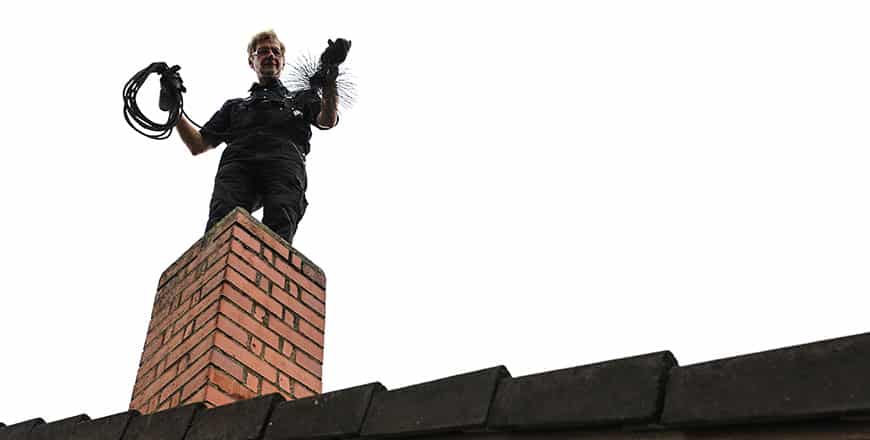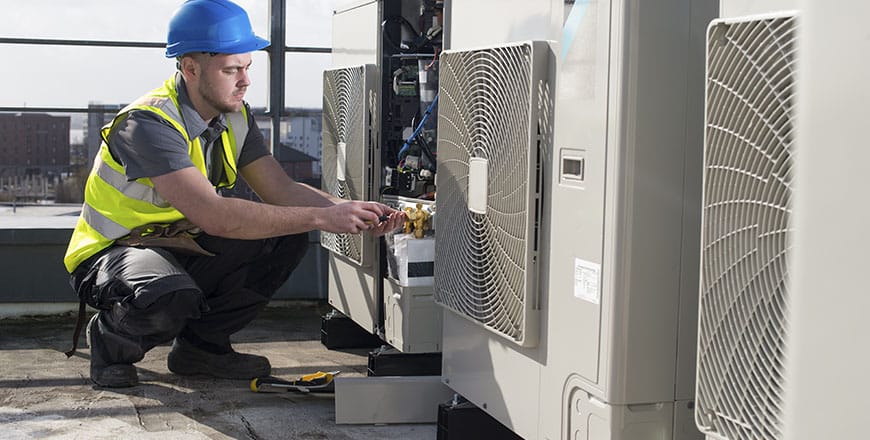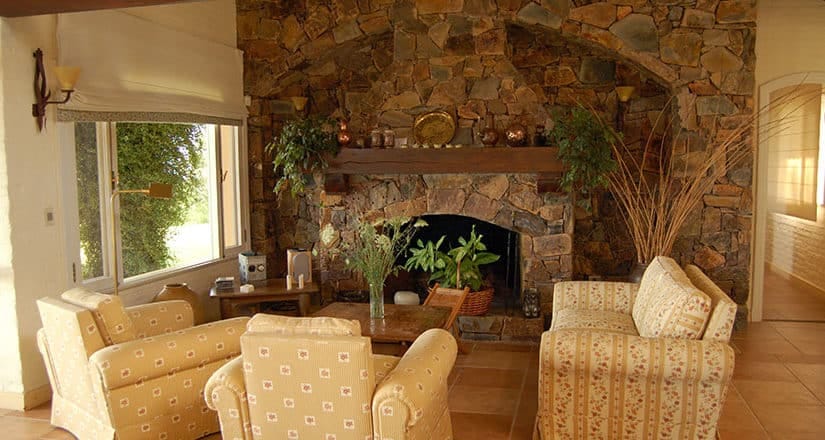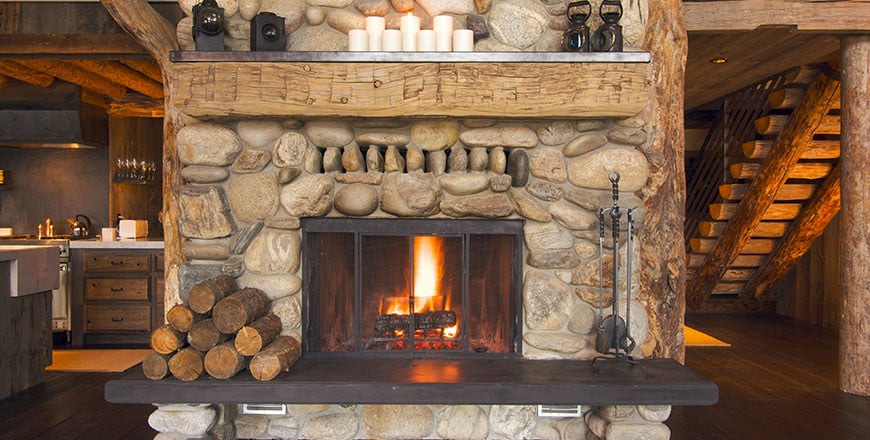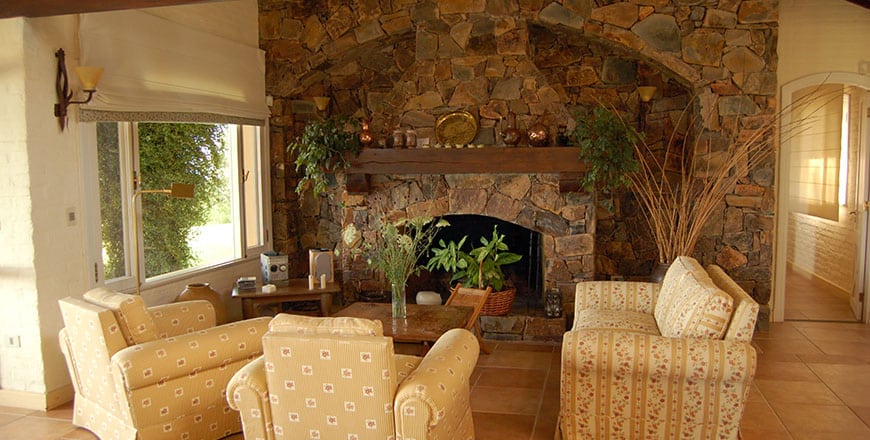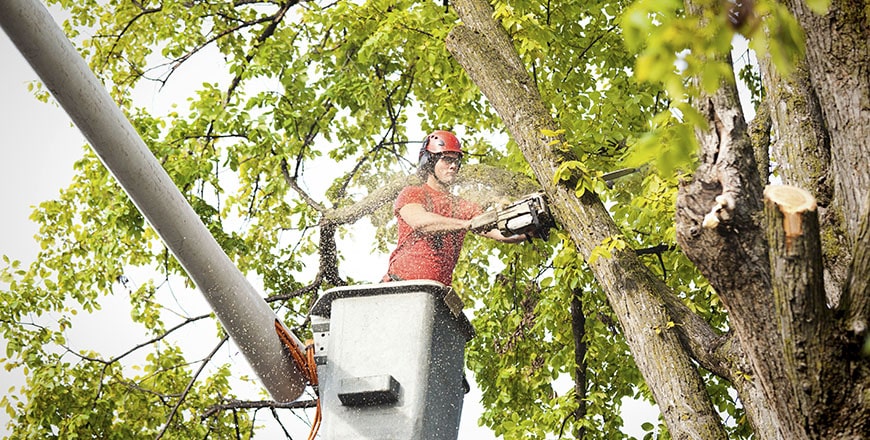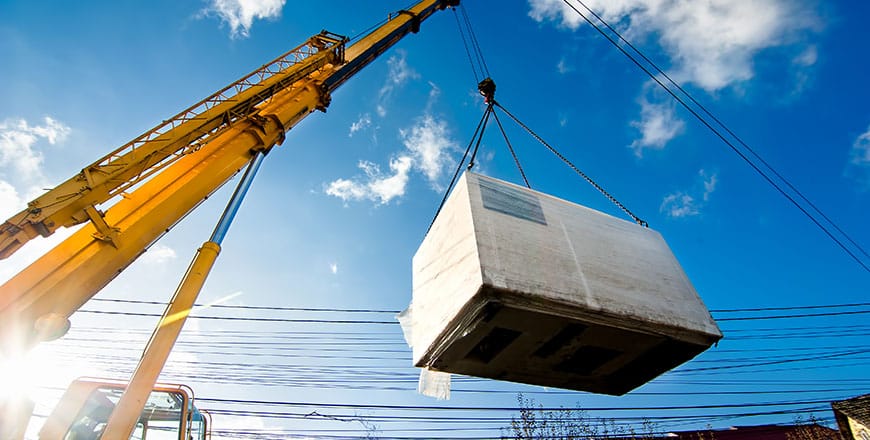If you think that you can burn just about anything in the fireplace, then stop that thought train right there. Even though things are “burnt” in the fireplace, it doesn’t mean that it can take anything. Many things can produce more smoke and creosote leading to chimney and fireplace problems including a chimney fire. Here is a list of things that you absolutely should not burn in a fireplace. If you have or you haven’t inspected your chimney and fireplace for ages, schedule a chimney inspection.
Wet Wood
Wet wood can lead to the buildup of a sticky, black substance that’s stuck on the inside walls of the fireplace, called creosote. Creosote is produced when wet and sopping wood is burnt.
Wet wood will have a hard time catching fire and even if it does, after some time, it will lead to creosote buildup and it can be really hard to clean the fireplace that’s coated in a thick, black, and slimy substance. Creosote can also alter the performance of a fireplace and it’s just overall bad for the longevity of your chimney. So, only burn dry and seasoned wood in your fireplace.
Fabric
Fabrics were used in the olden times to light fires and they were soaked in accelerants, but not all fabrics are meant to be burnt. You can’t burn synthetic fabrics like nylon and polyester, because as the names suggest, they have a component of plastic in them, and burning these fabrics can lead to emissions of toxic gasses in the air, which is not only harmful to you but for the planet as well.
Fabrics, once they catch fire, can be really hard to control, so you don’t want things to get out of hand. So, it’s better to use dry wood at all times.
Treated Wood
Treated wood is essentially wood that has a coat of something protective on it. It can be a sealant or it can be paint. So, if you have wooden planks lying around that are painted and treated, and not meant to burn in the fireplace and you think that you can burn them, to “save wood” then stop right there, because it’s highly dangerous.
All the treating chemicals and even paint applied on the wooden planks are highly flammable and dangerous when burnt. They can release toxins in the air along with a pungent smell that’s not pleasant at all to sniff and inhale. So, if you have any treated or painted wood lying around, then it’s better to dispose it of properly rather than tossing it in the fireplace.
Trash
Unsorted trash should never be tossed in the fireplace. Remember, your fireplace isn’t a trash can, and if you’re trying to get rid of the trash this way then you need to find another way because it’s not going to work.
There is everything and anything in the trash, from plastics to papers with chemical ink on them and other things that are not meant to be burnt in the fireplace. They can cause smoke, chimney blockages, soot buildup, etc. So, you should toss the trash where it belongs, in the trash can, and use appropriate things for starting a fire in the fireplace. And have your chimney cleaned by chimney sweep services Bowie at least once a year.
Paper
If you can burn wood, then you can burn paper too, right? Because wood is used to make paper and all that jazz. This logic is not something you want to be influenced by when thinking about starting a fire in the fireplace.
Like fabrics, papers can catch fire pretty fast and they also extinguish quickly, but it can turn dangerous if the fire spreads a lot and becomes uncontrollable. So, it’s better to be safe than sorry and not use ordinary or treated paper in the fireplace, unless you want an accident to take place.
Pyro-Accelerants
It’s not smart to use fire accelerants in cooped-up spaces like the fireplace. You don’t know how the fire will blaze and it can get out of hand quickly. They’re better used for an outdoor barbecue grill, where you have lots of space and air to control the fire.
If you use a lot of fire accelerants to start a fire in the fireplace, things can blow up, literally. It puts the safety of your house and chimney on the line and you don’t want that.
Plastic
If you have paid attention in science class, then you would know that plastic is made out of a chain of polymers that, once burnt, can produce a list of toxic gasses that are not at all safe to inhale. Plastic and fire just don’t go together and no matter what plastic articles you are tempted to burn in the fireplace, just don’t, because you will end up in a thick cloud of smoke that’s unbearable to be around.
Plastics can produce methane, ethane, carbon monoxide, and other dangerous gasses when they’re burnt, so don’t even think about tossing plastic trash in the fire because it will turn into a disaster. Bad odor of burning plastic would be the least of your worries.
Christmas Trees
Since Christmas is over and done with, you might still have your tree lying around. If there’s no use for it or if it’s getting old, then you might think that you can burn the wood of the Christmas tree in the fireplace, right? Well, not exactly. Christmas trees aren’t treated properly to be used as full-blown wood for fireplaces.
There is also a resin coating on these trees so that they are well protected against any external factors and you know what happens when you burn resin. Resin is also a plastic-like polymer that’s applied on things for shining and sealing, but you don’t want to burn it, because it will produce fumes that are not only dangerous to deal with, but they’re not great for your lungs either.
Plants
Since firewood is sourced from plants and nature, you might think that burning old twigs and leaves will do the trick. Well, not always. See, there are many plants that you can’t light on fire and if you do, then there’s a myriad of accidents waiting to happen.
Plants like sumac and poison ivy can emit toxic and allergic fumes when burnt, and if you inhale it, then you might get a severe allergic reaction. Rashes, coughing fits, and wheezing will be the norm and that’s not what you want.
Dryer/Washing Machine Lint
You might have heard of or even tried this hack at camping before because lint is supposedly a great fire starter, but you don’t want to do the same in your fireplace. There are tons of chemicals in dryers and even washing machine lint and if you set it on fire, then it can release toxic fumes in the air and the smoke will be thick and black and breathing is a nightmare.
So, unless you want to choke on the fumes of the lint, it’s best to dispose of it right away, instead of burning it in the fireplace. You’ll save yourself from a disaster in the future.
Conclusion
While making s’mores in a fireplace is harmless, burning any of the above-mentioned things will turn make things problematic for your fireplace and chimney which will directly affect you. So, don’t go around dumping anything in sight in the fireplace. Consult chimney contractors Columbia MD for chimney and fireplace repair and cleaning.
